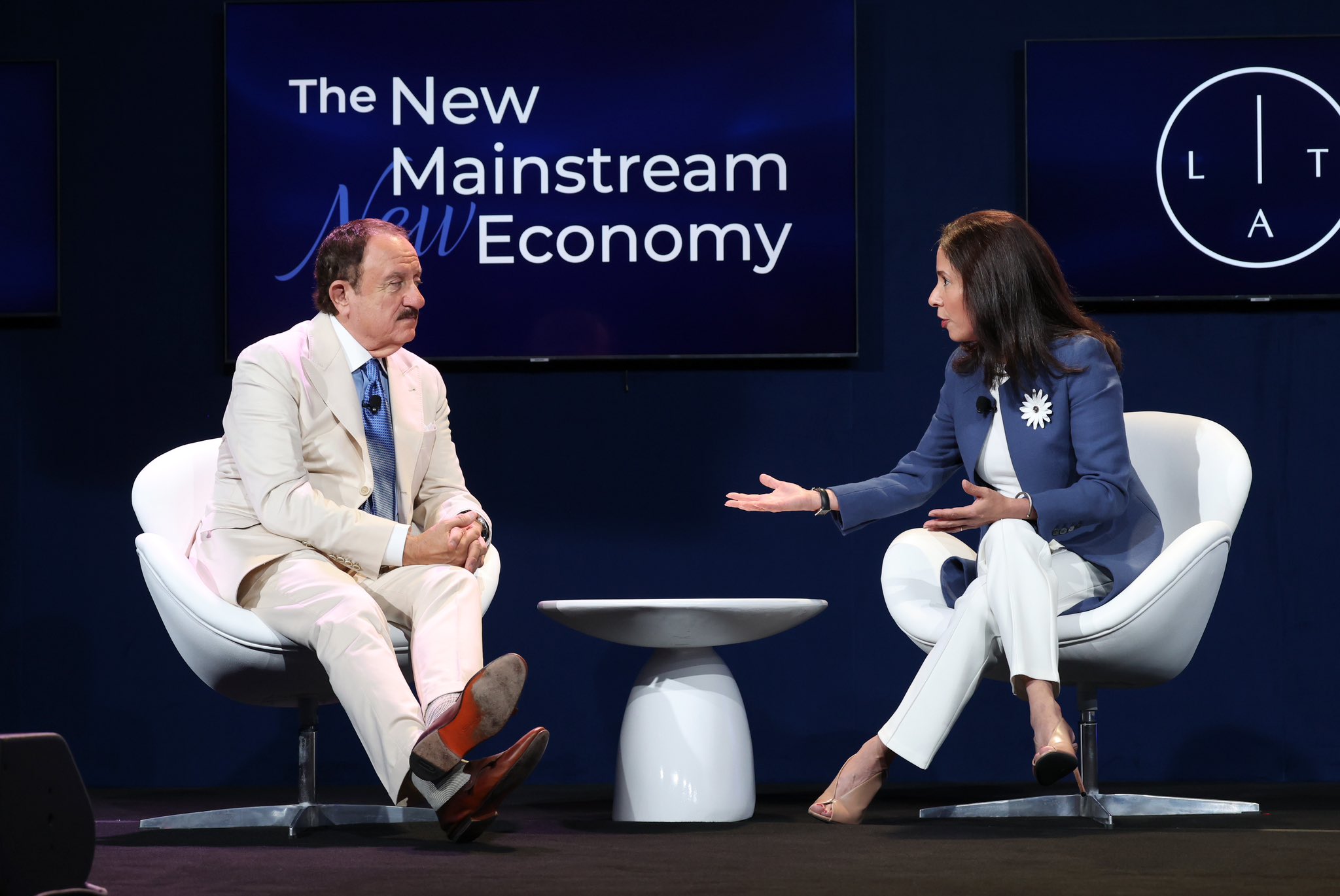
New survey finds economic challenges not expected to affect charitable giving
More than 50% of Americans plan to maintain or increase their aid in 2023.
Church Mutual, an insurer of nonprofits, schools, camps, and religion-based organizations of all denominations, released the new report "Risk Radar: Charitable Giving in America," which showed a positive trend in charitable giving despite current difficulties with the economy.
According to the report, 53% of Americans expect to maintain their 2022 charitable giving this year, while 10% expect to increase the amount they donate to charity in 2023.
For their part, 25% of those surveyed plan to reduce their donations in 2023, citing concerns about their ability to make routine payments, job stability, and financial ability to donate to charitable causes.
Nicole Jolley, Church Mutual’s assistant vice president of nonprofit and human services, stated:
Nonprofits, schools, camps and houses of worship rely on the selfless generosity of others to fulfill their missions.
Generational trends
The Risk Radar report also highlights several key trends in expected giving by generation:
No changes to giving:
- Baby Boomers- 65%
- Generation X- 49%
- Millennials- 47%
- Generation Z- 39%
Reduced giving:
- Baby Boomers- 22%
- Generation X- 30%
- Millennials- 24%
- Generation Z- 31%
Increasing giving:
- Baby Boomers- 7%
- Generation X- 9%
- Millennials- 15%
- Generation Z- 11%
Stop giving:
RELATED CONTENT
- Baby Boomers- 2%
- Generation X- 7%
- Millennials- 6%
- Generation Z- 12%
“Of the 71% we surveyed who currently donate to charity, 63% expect to maintain or increase their giving in 2023. That’s encouraging news for purpose-driven organizations nationwide since a decrease in donations can put many organizations at risk,” added Jolley.
Get to know the donors and their donation methods
According to the report's findings, in terms of recipients chosen by donors, Generation X is the most likely to donate to places of worship; Generation Z to schools; Millennials to camps; and Baby Boomers to other nonprofit organizations.
For its part, regarding the methods for carrying out donations, Risk Radar highlighted that, despite the "proliferation of online donation methods and based on mobile devices/applications,” the majority of donors look for tried and true methods.
Seventy percent of donors, including tech-savvy Gen Z, prefer to donate either in-person or by mail, via cash or check.
“Given that older generations are often more established financially than younger generations, it makes sense that we see differences among charitable giving plans for 2023. Moreover, it’s encouraging that Generation Z (11%) and Millennials (15%) surpass Baby Boomers (7%) and Generation X in increasing their expected level of giving for the new year,” stressed Jolley.
Fundraising Tips
Church Mutual offers three key tips for nonprofits, schools, camps, and places of worship looking to increase giving in the new year:
- Offer multiple platforms/channels for accepting donations – and don’t discount traditional methods such as in-person cash/check delivery.
- Use potential economic downturns or challenges as opportunities to ramp up fundraising activity – consumers still expect to donate to the organizations and causes that are important to them, and a meaningful number are actually looking to increase their contribution level.
- Consider generational differences and preferences (e.g., financial security, purpose-driven orientation) when reaching out to perspective donors – personalization is key.
“As always, when working with donations it’s increasingly important to continue protecting organizations from theft. Donors should always know the authorized methods of giving so they’re not caught by a scam attempt while organizations themselves should keep up to date on theft and cybersecurity trends and have measures in place to prevent unauthorized access,” said the insurance company.











LEAVE A COMMENT:
Join the discussion! Leave a comment.